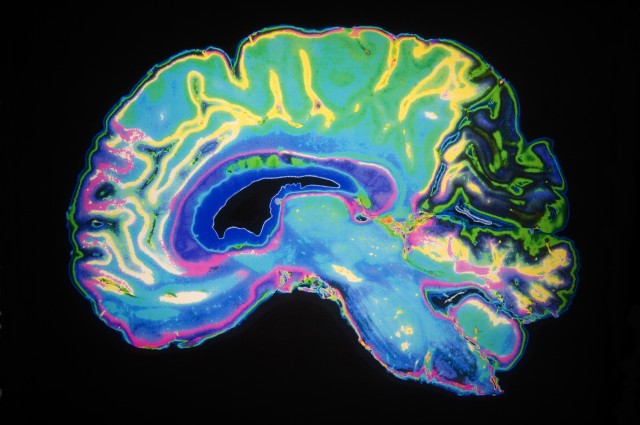
After examining more than 3,500 donated brains, scientists have gathered evidence to suggest that a rogue protein, tau, which has long been suspected to play a role in the development of Alzheimer’s, is the major driver of cognitive decline in this disease. These new findings downplay the role of amyloid, another dysfunctional protein that builds up as the condition progresses and has been the focus of much Alzheimer’s research.
Although this discovery does not mean that the debate over which protein is the biggest contributor to disease progression is over, it does have implications for future research, and the scientists suggest that therapeutics should now focus on tackling tau, rather than amyloid. The study has been published in Brain.
Alzheimer’s, the most common form of dementia, is a chronic neurodegenerative disease characterized by a progressive loss of brain tissue with a concomitant accumulation of two proteins: amyloid-β and tau. Although both of these molecules play important roles in brain cell function, they can misfold and clump together both inside and outside the cell, disrupting normal cellular processes and eventually leading to cell death.
Abnormal tau seems to begin aggregating within neurons of the hippocampus, which is crucial to learning and memory, before spreading to the cortex, the region involved in higher brain functions such as thinking, attention, awareness and language. Amyloid, however, seems to do the opposite, first accumulating in the outer parts of the cortex and then dispersing towards the hippocampus.
Although amyloid has hogged much of the attention in recent years, there is still an ongoing debate over the roles these proteins play in the development and progression of Alzheimer’s and it remains unclear as to whether they are a cause or a consequence of the disease. In the hope of offering some clarity, scientists from the Mayo Clinic decided to make use of the Mayo brain bank, a collection of thousands of donated postmortem brains. By examining brains of individuals with and without Alzheimer’s and comparing different stages of the disease, the researchers hoped to understand the changes in these two proteins over time.
After investigating 3,618 brains, they found that amyloid accumulation was strongly linked with a decline in cognition; however, if the extent of tau aggregation was also taken into consideration, the relationship disappeared. Furthermore, the level of tau accumulation, but not amyloid, predicted age at onset of cognitive decline, disease duration and final score on a test of mental function. According to the researchers, this indicates that tau is the main driver of Alzheimer’s.
Next, the researchers compared the data obtained from brain tissue examinations with amyloid scans taken prior to death to see how effective the imaging techniques were in detecting amyloid pathology. They found that the values obtained from brain scans were good markers of underlying amyloid accumulation, and that some of the donated brains had amyloid buildup visible upon examination but at levels below the threshold for detection by brain scans. This is important given the fact that amyloid accumulation is sometimes observed in older individuals without the associated decline in cognitive function.
“Our findings highlight the need to focus on tau for therapeutics,” says lead author Dr. Murray, “but it also indicates that the current method of amyloid brain scanning offers valid insights into tracking Alzheimer’s.”
Via IFL Science





